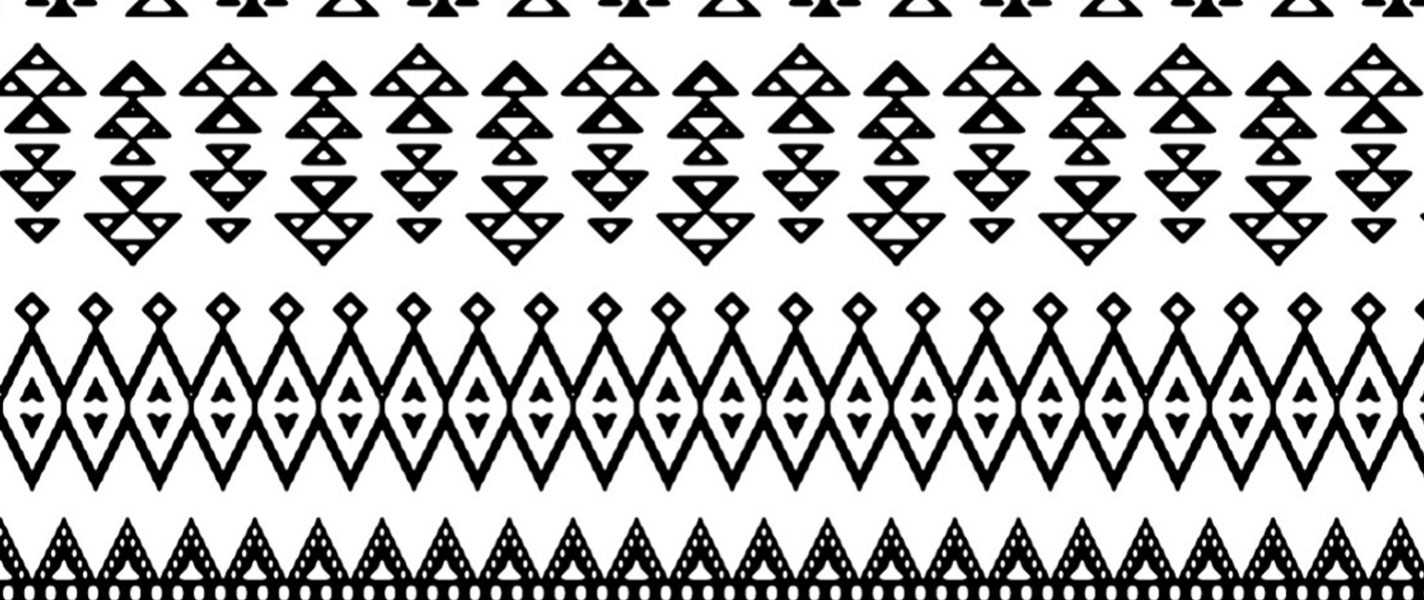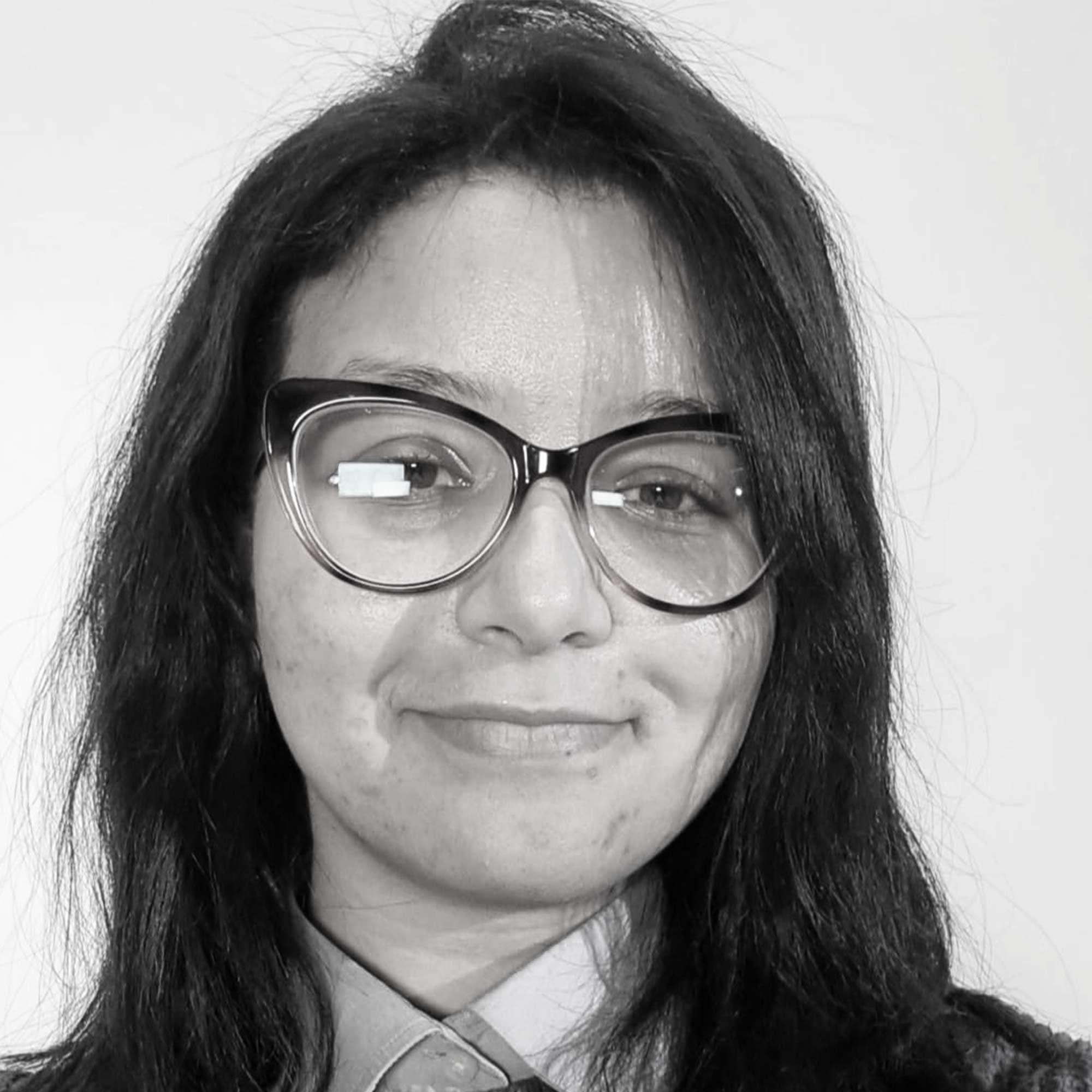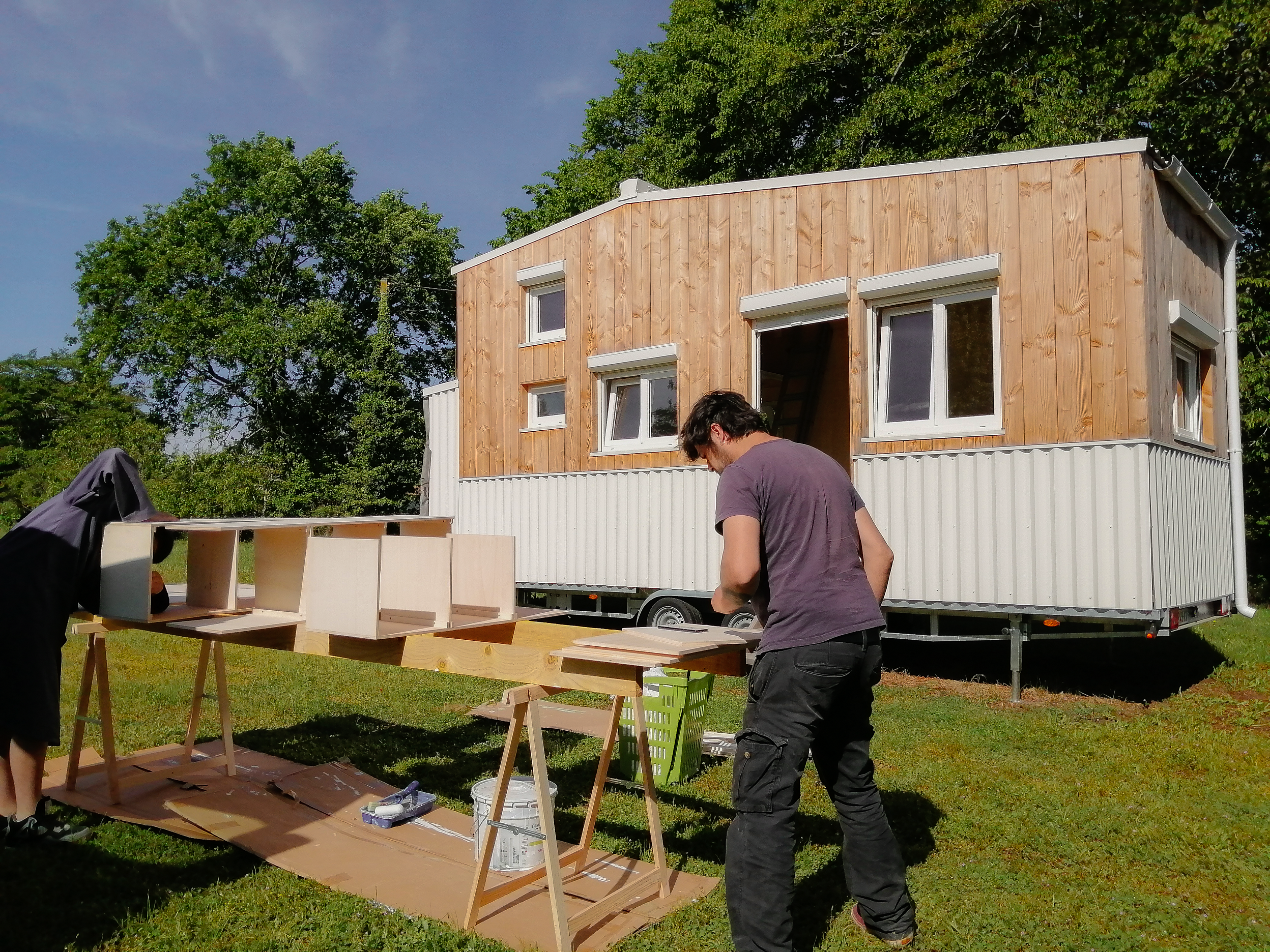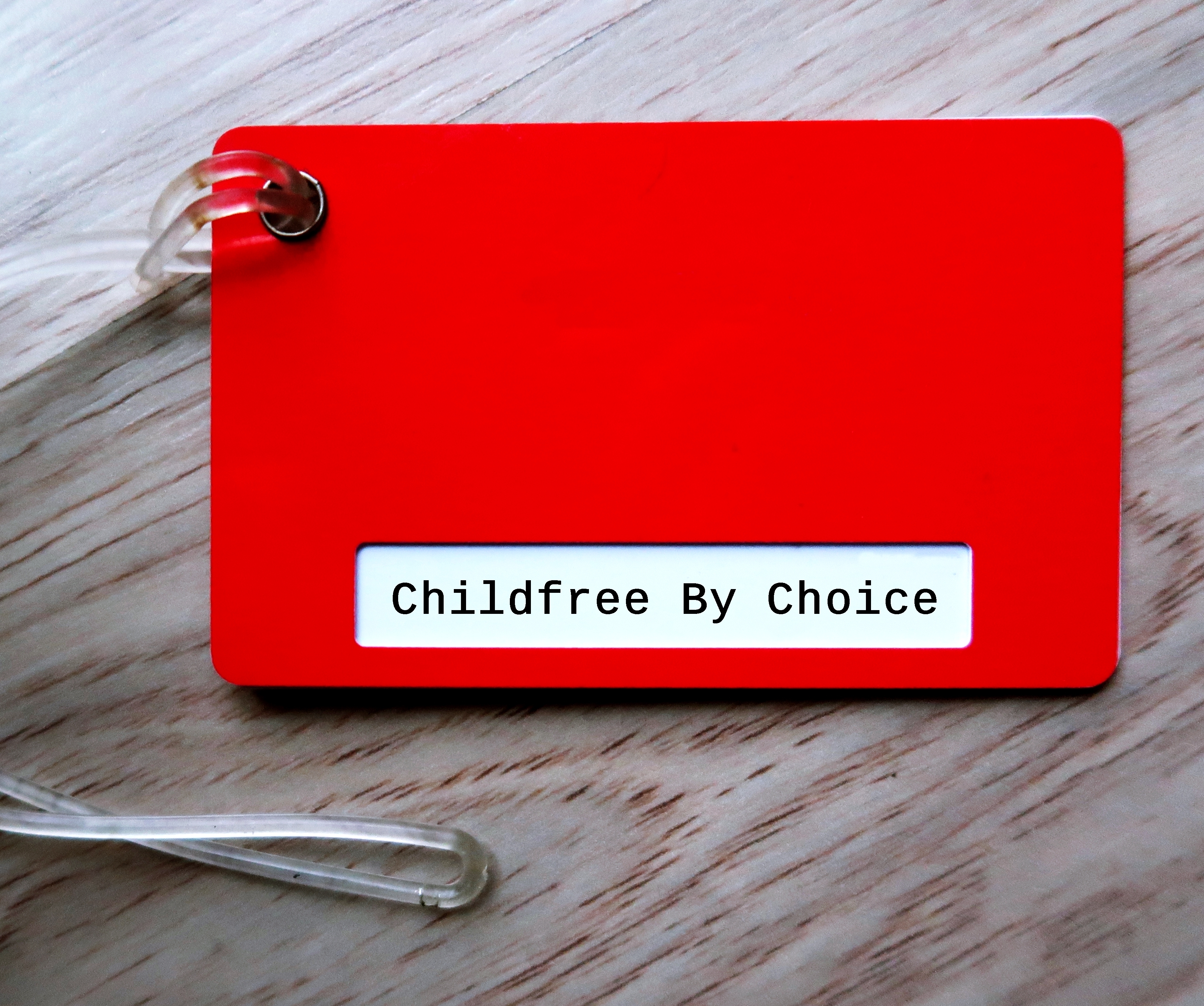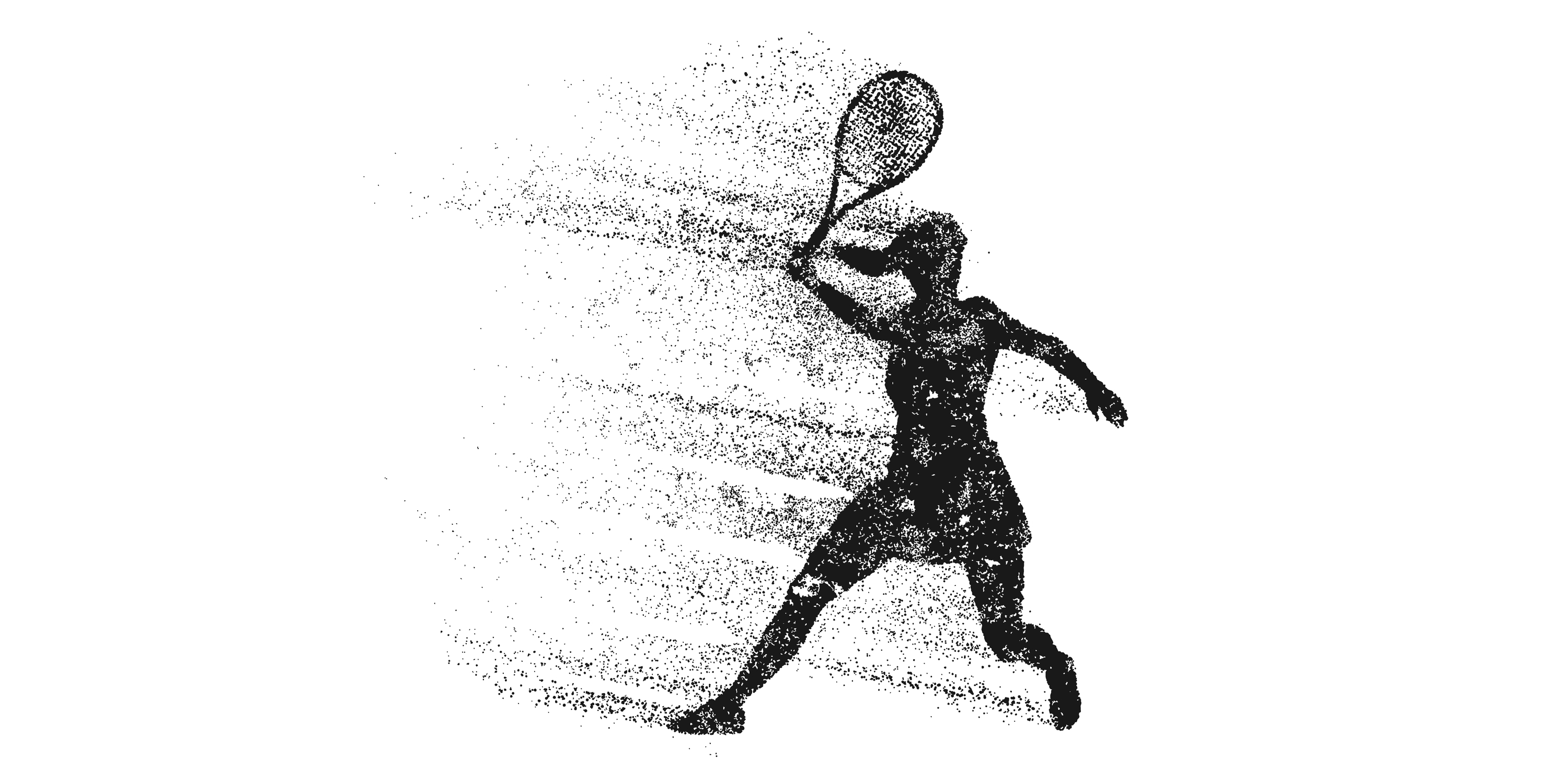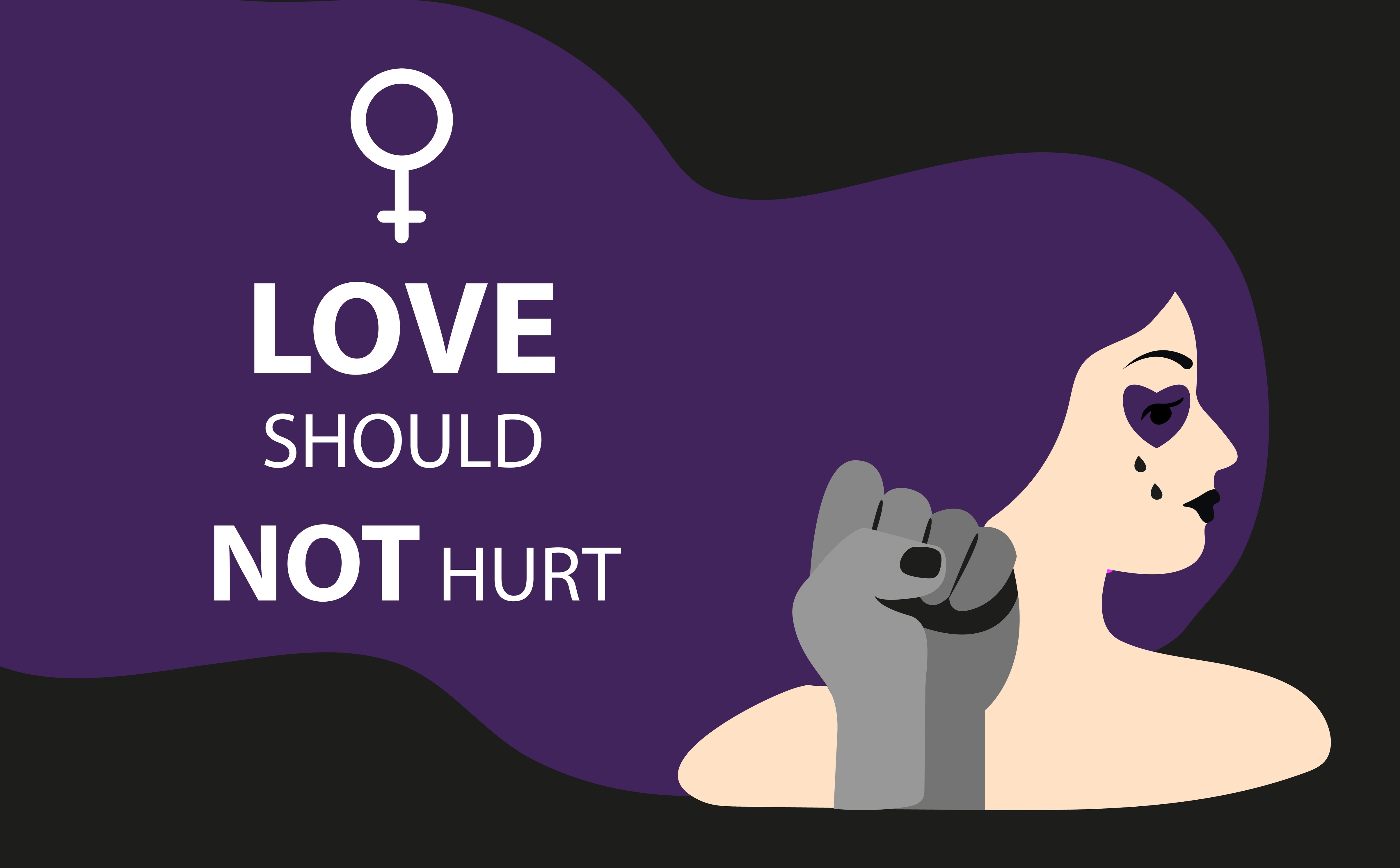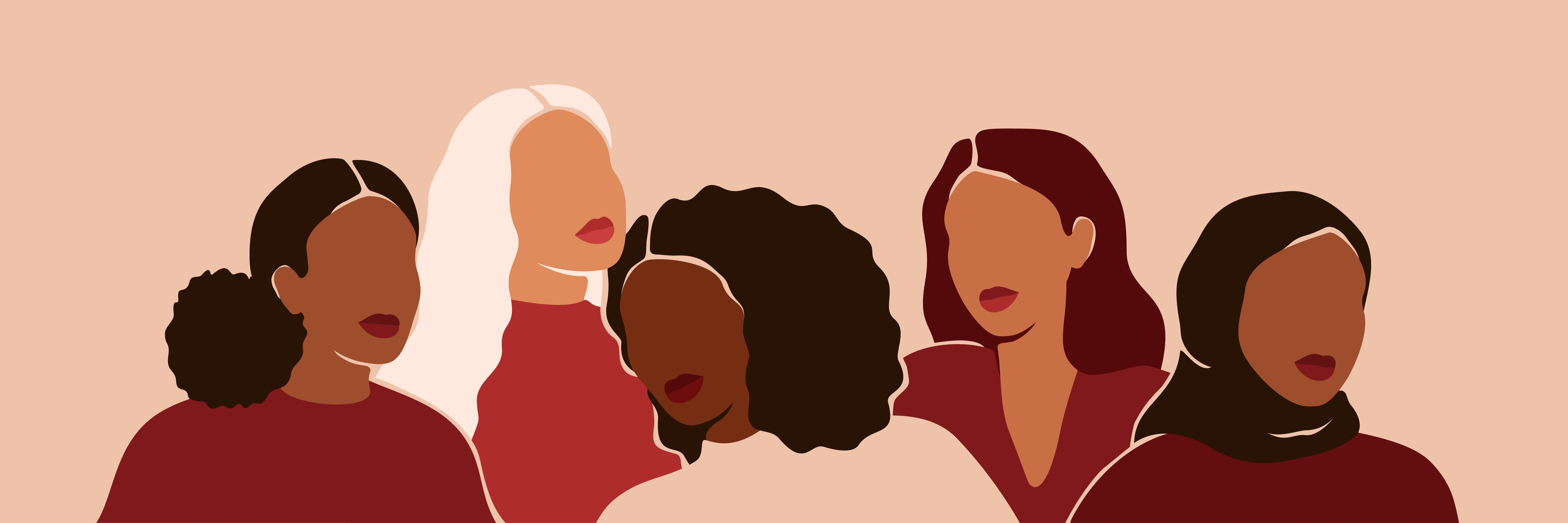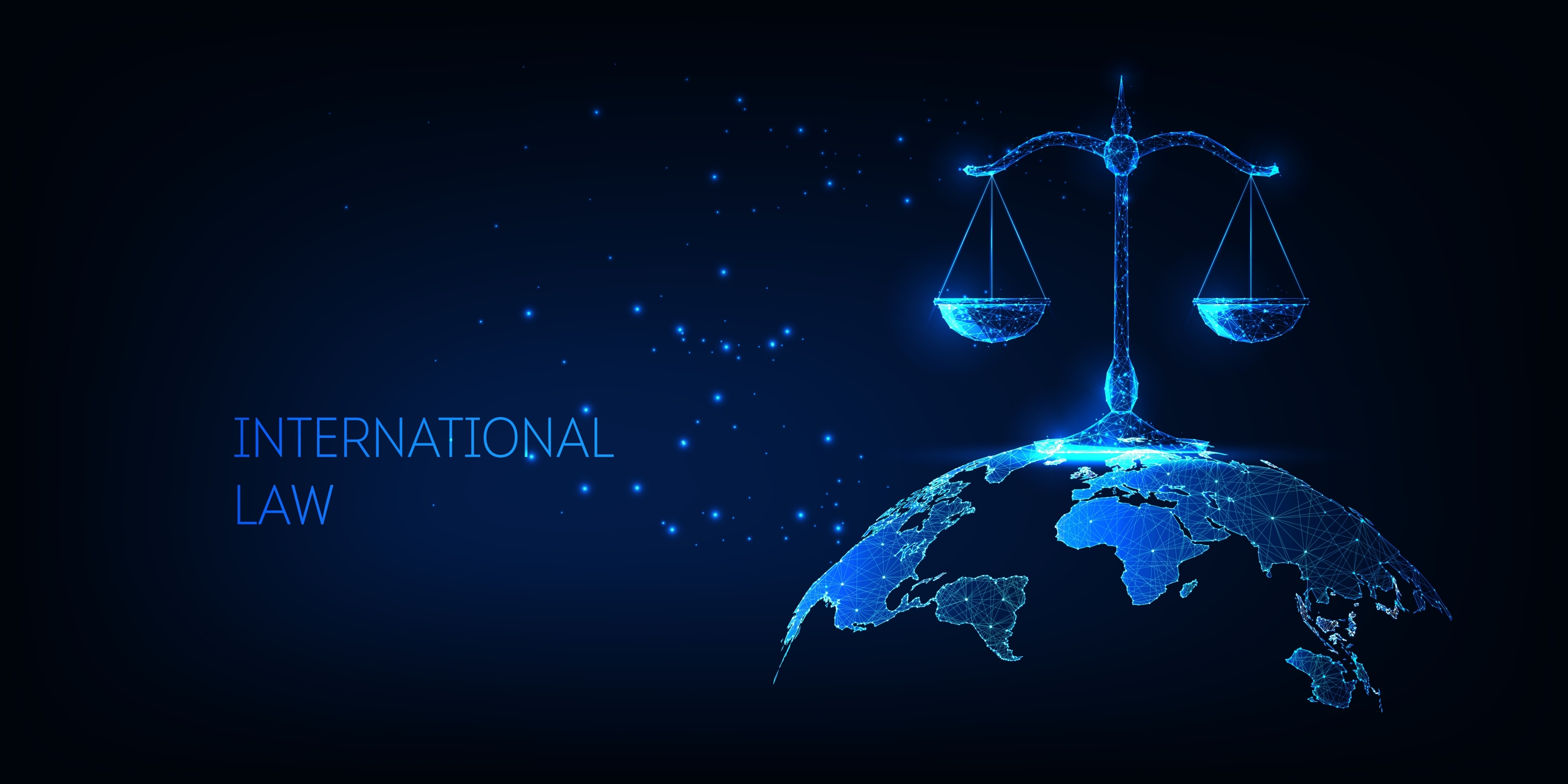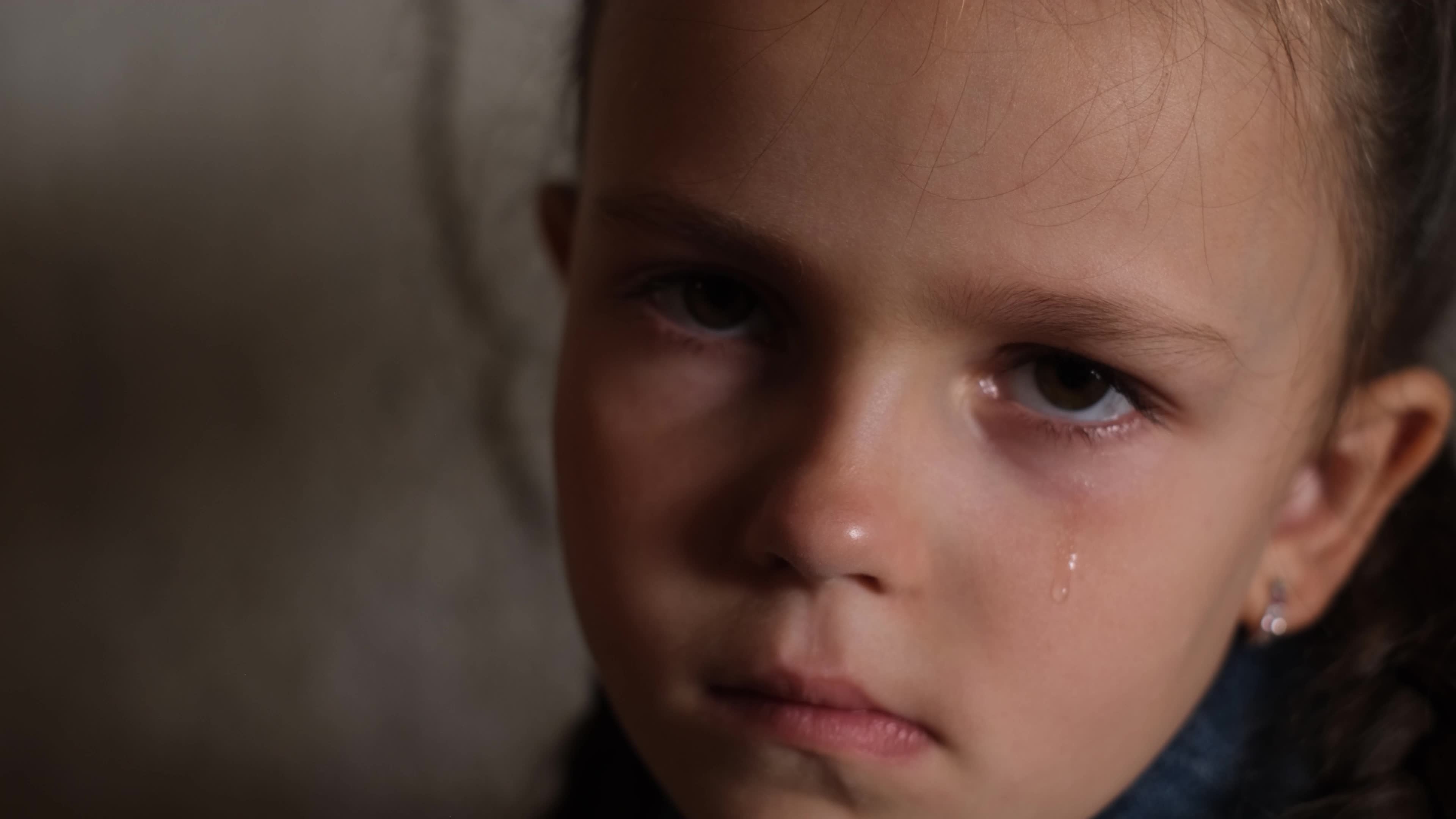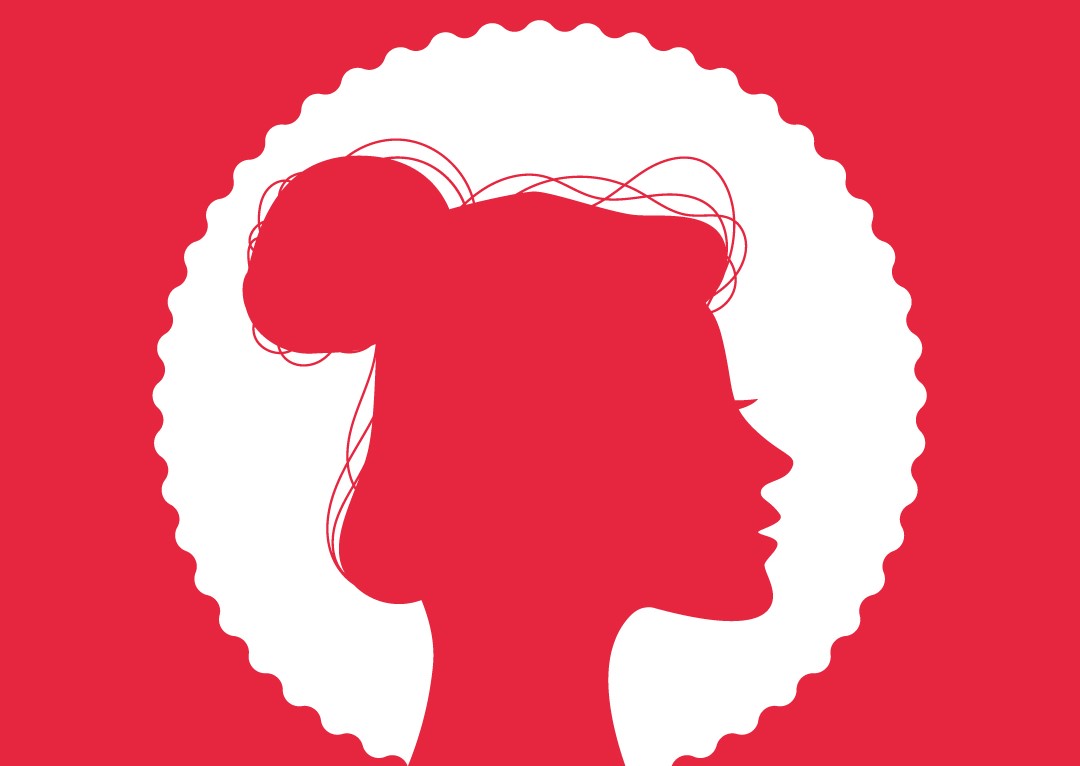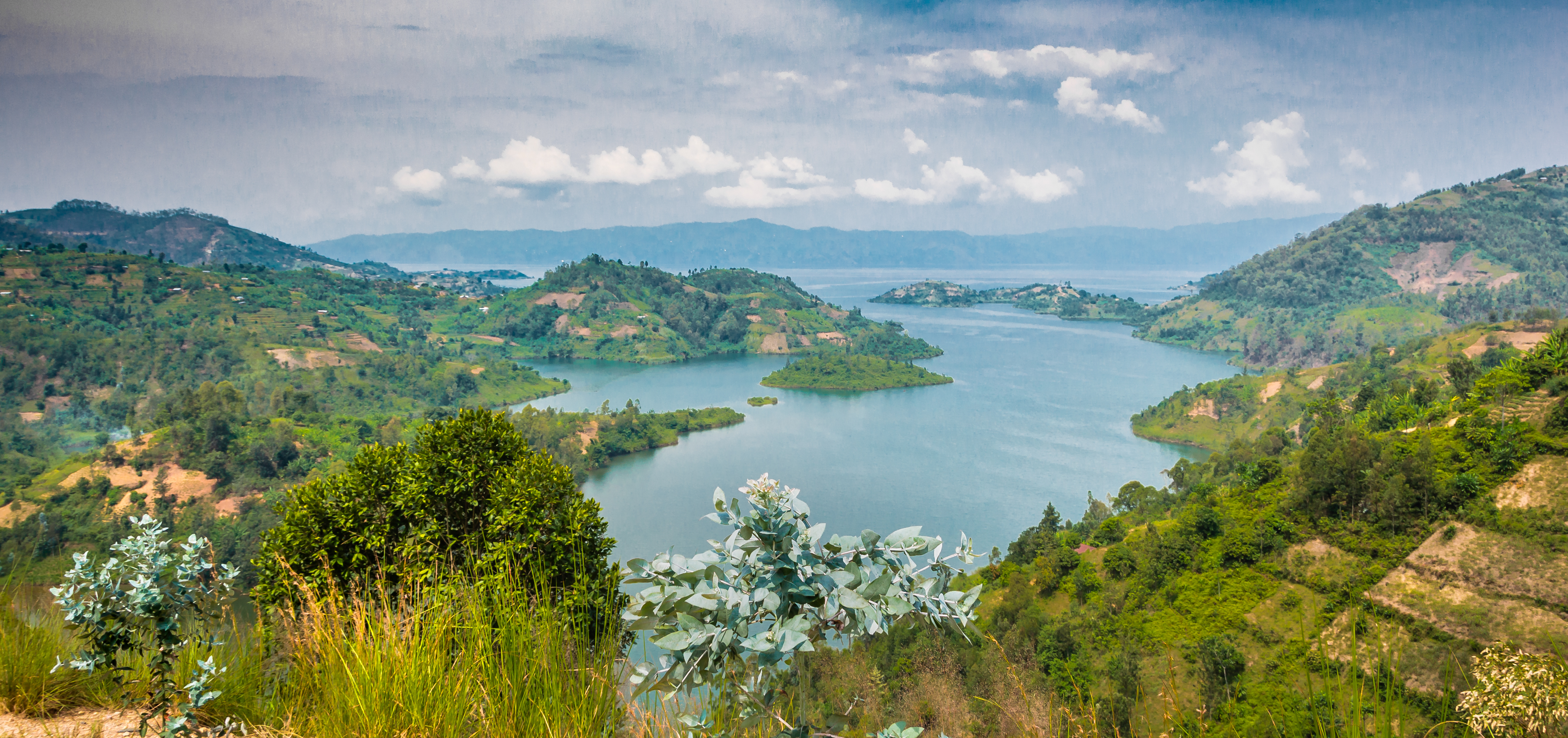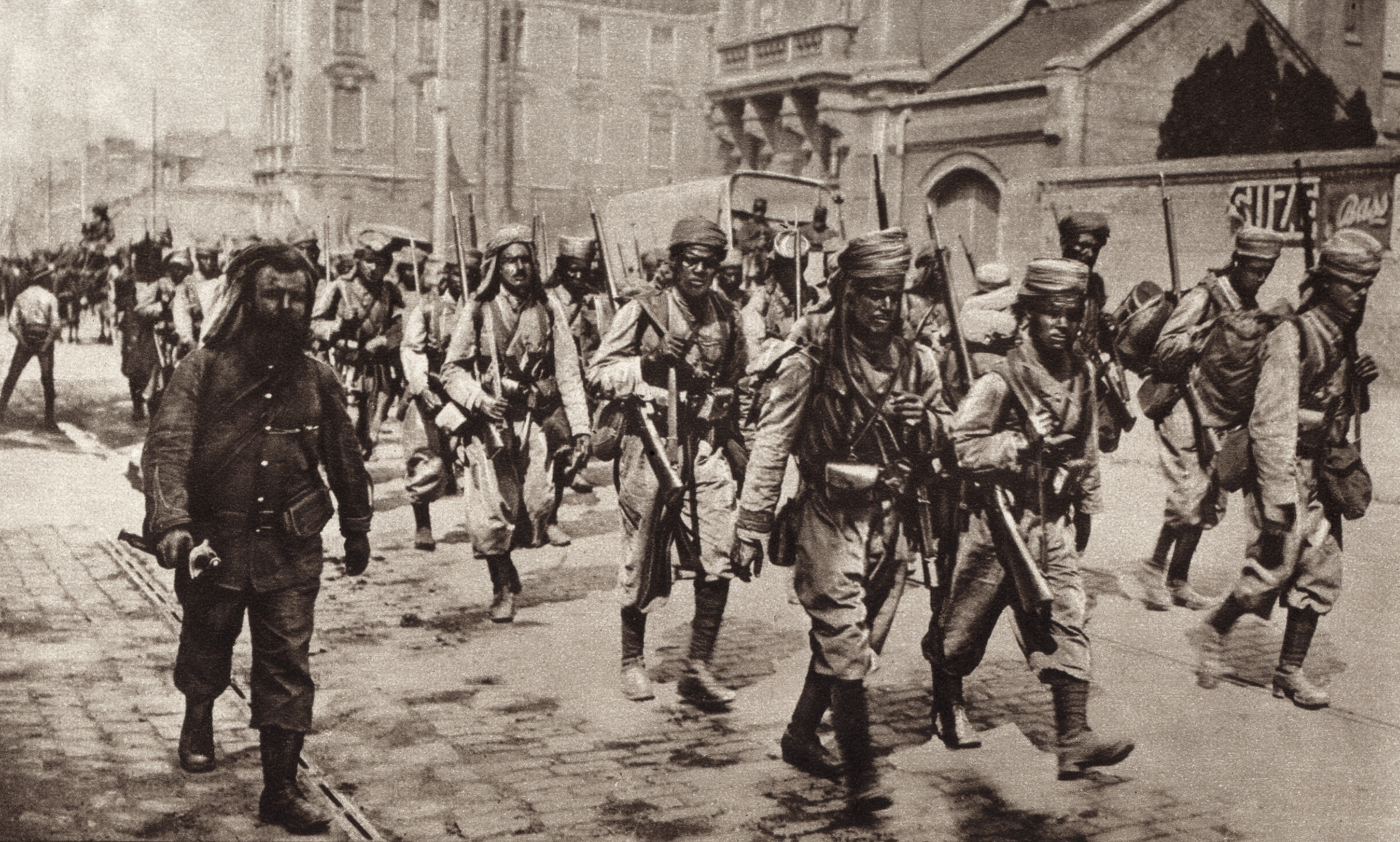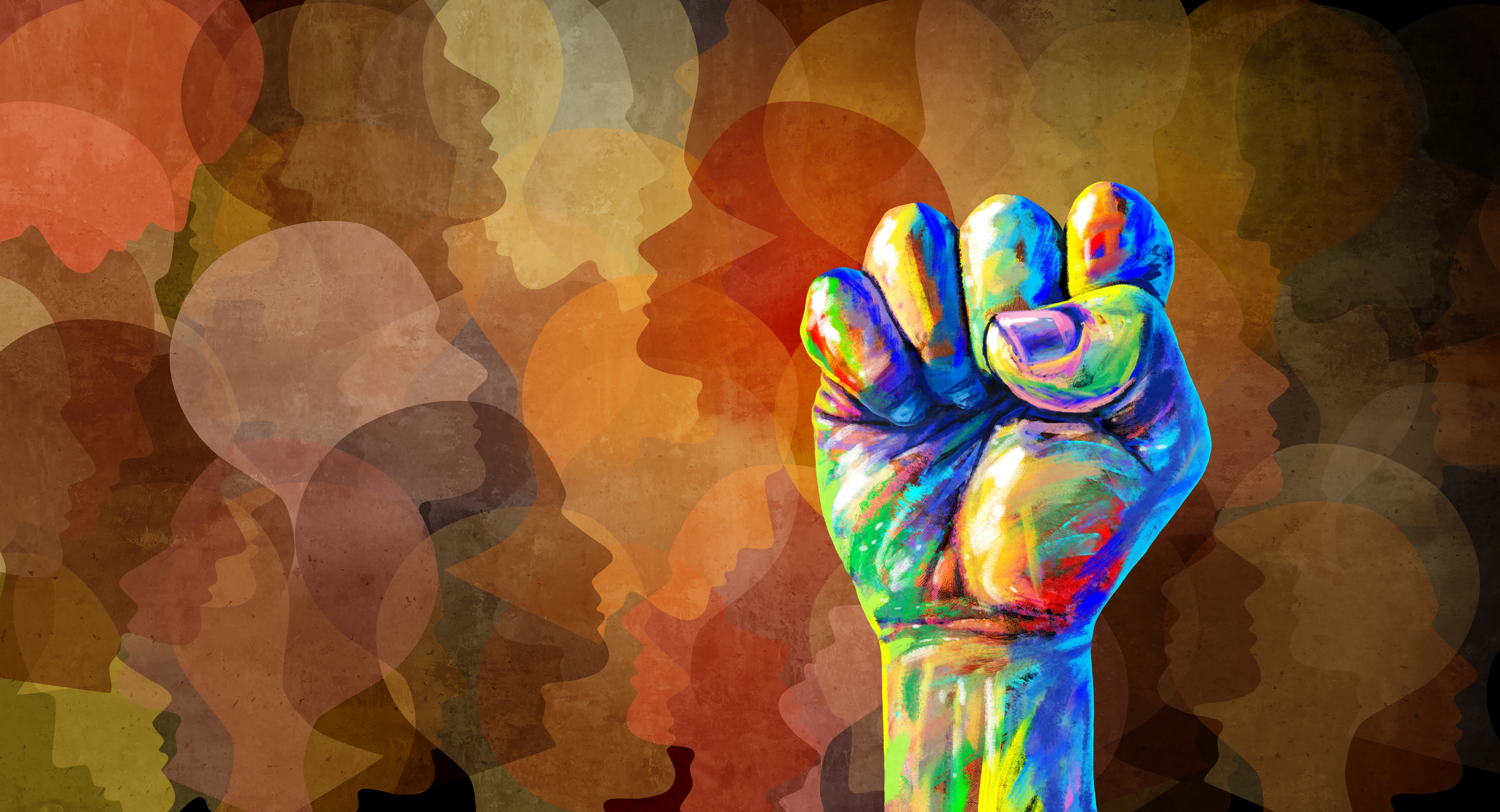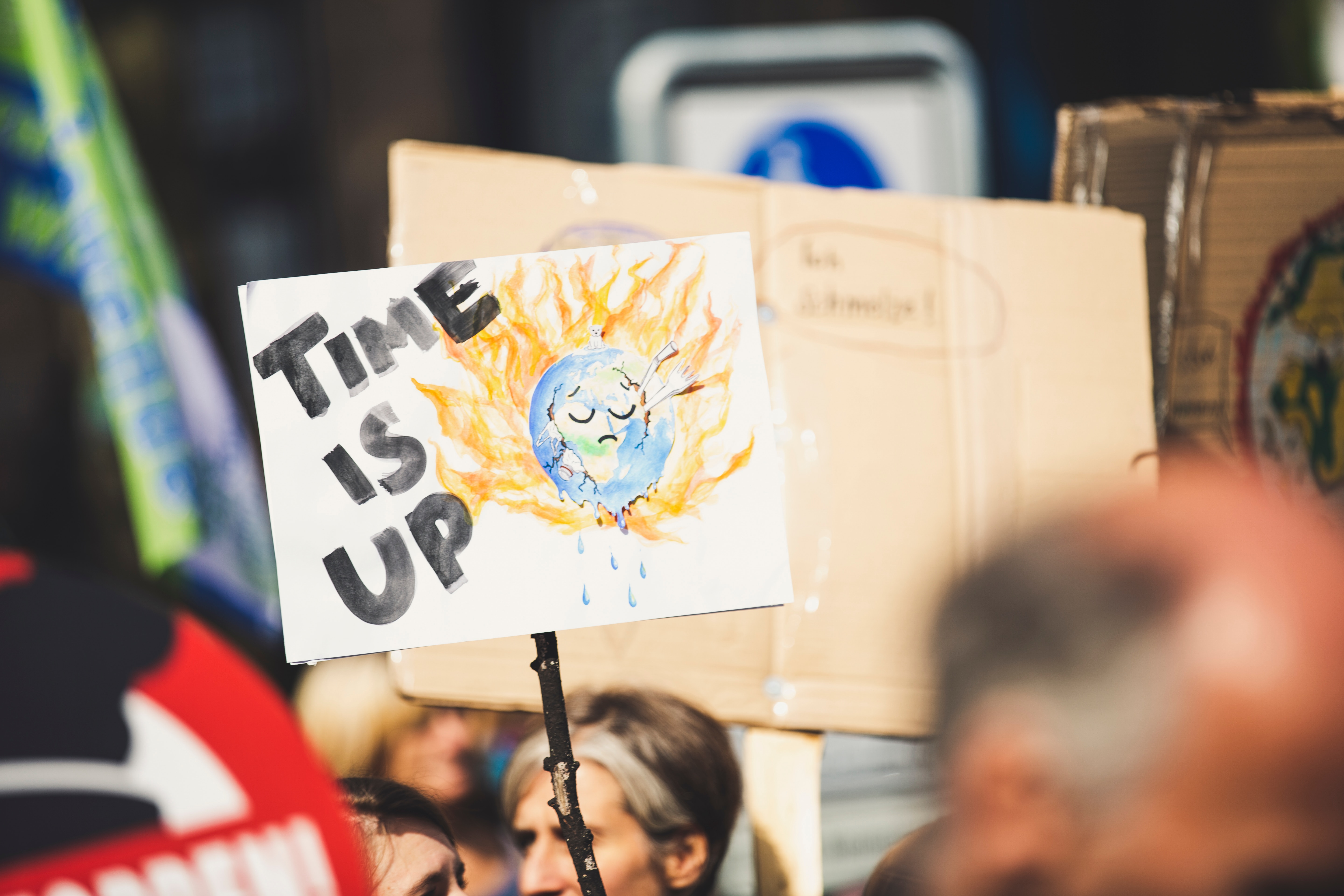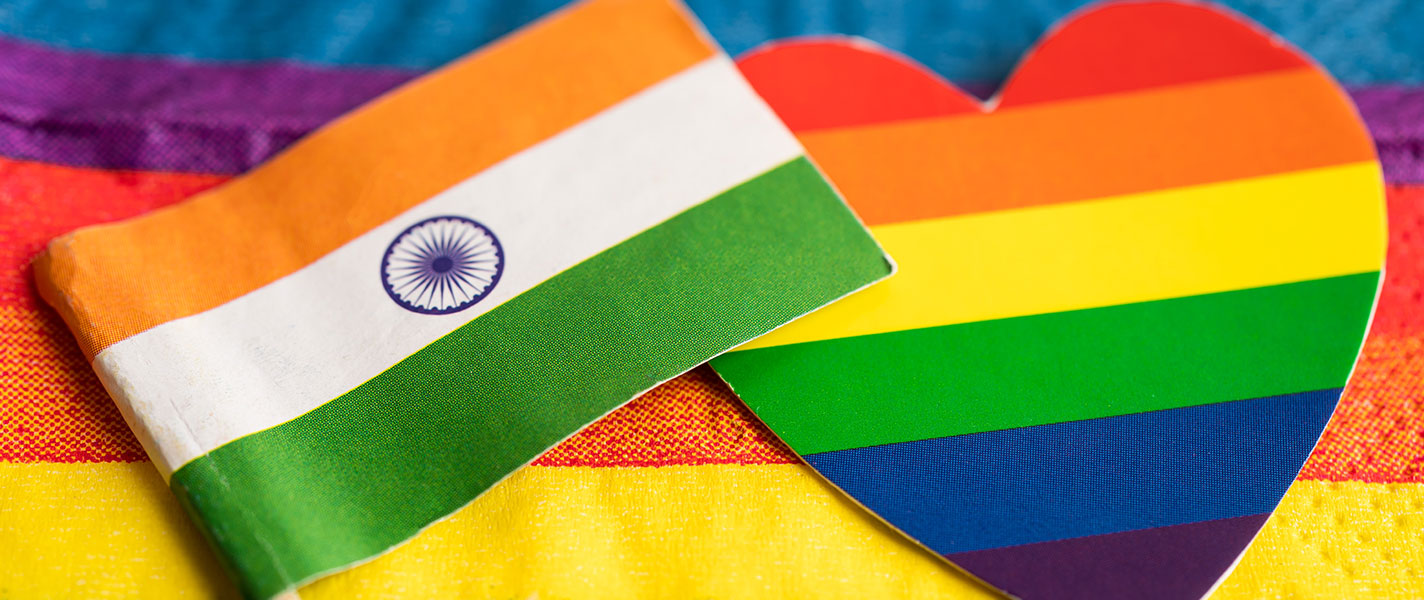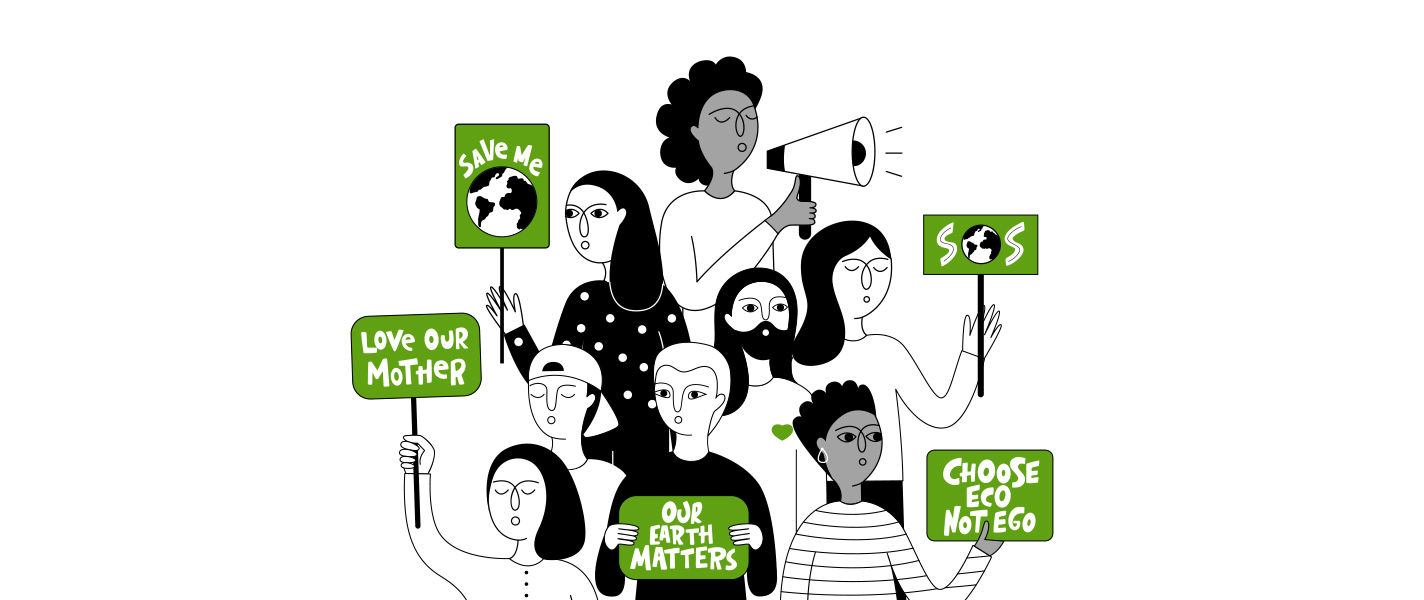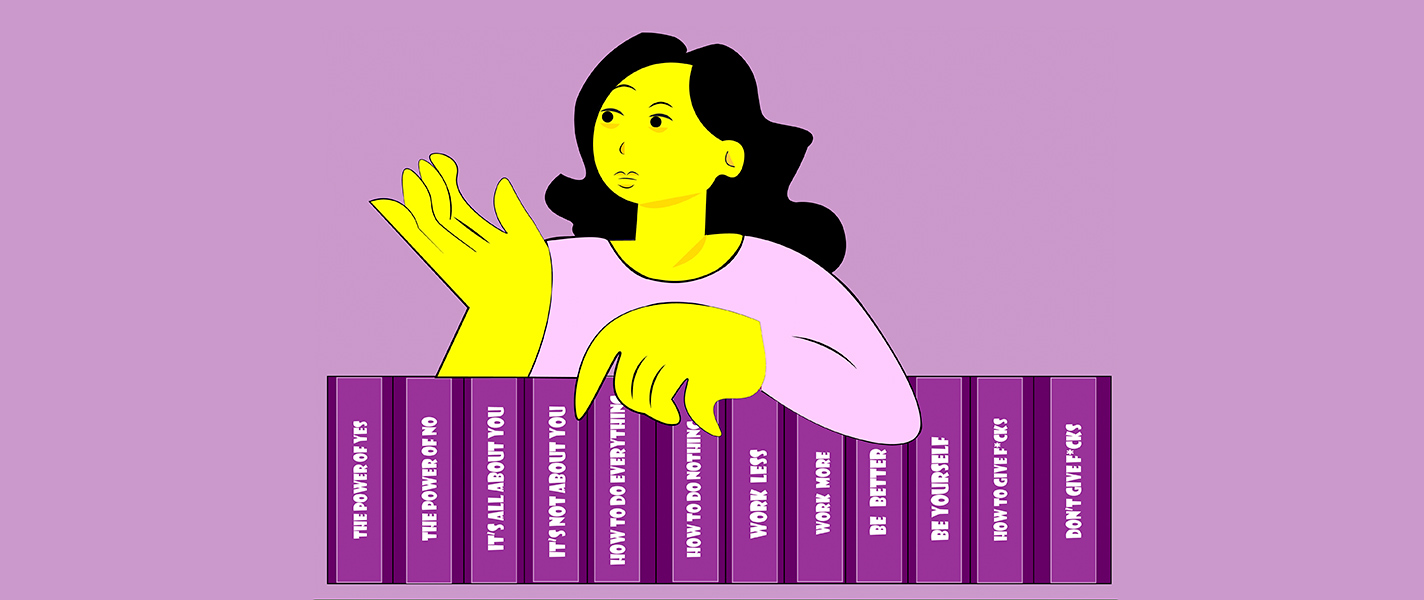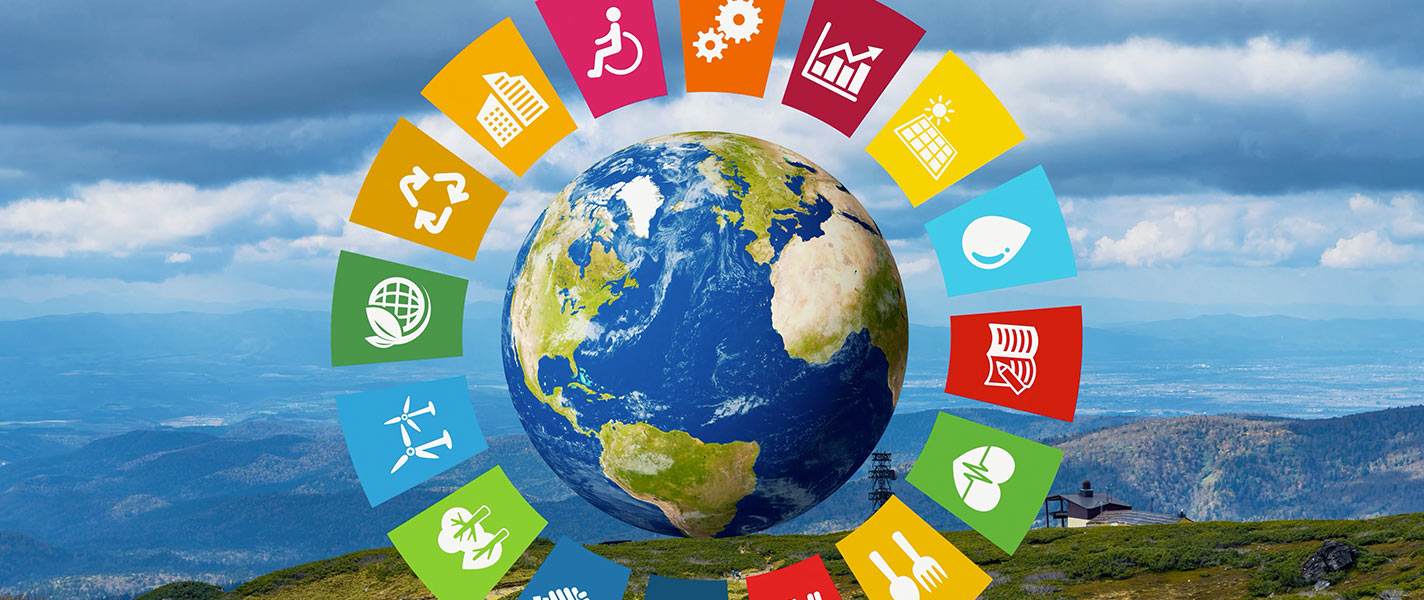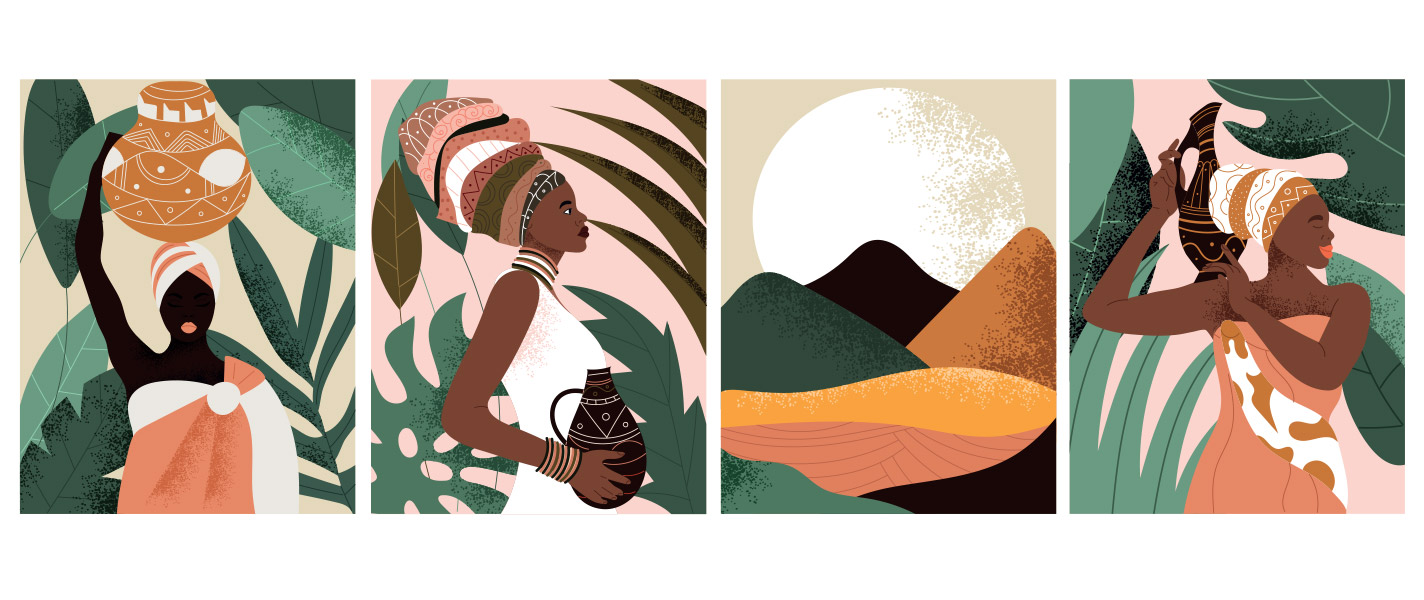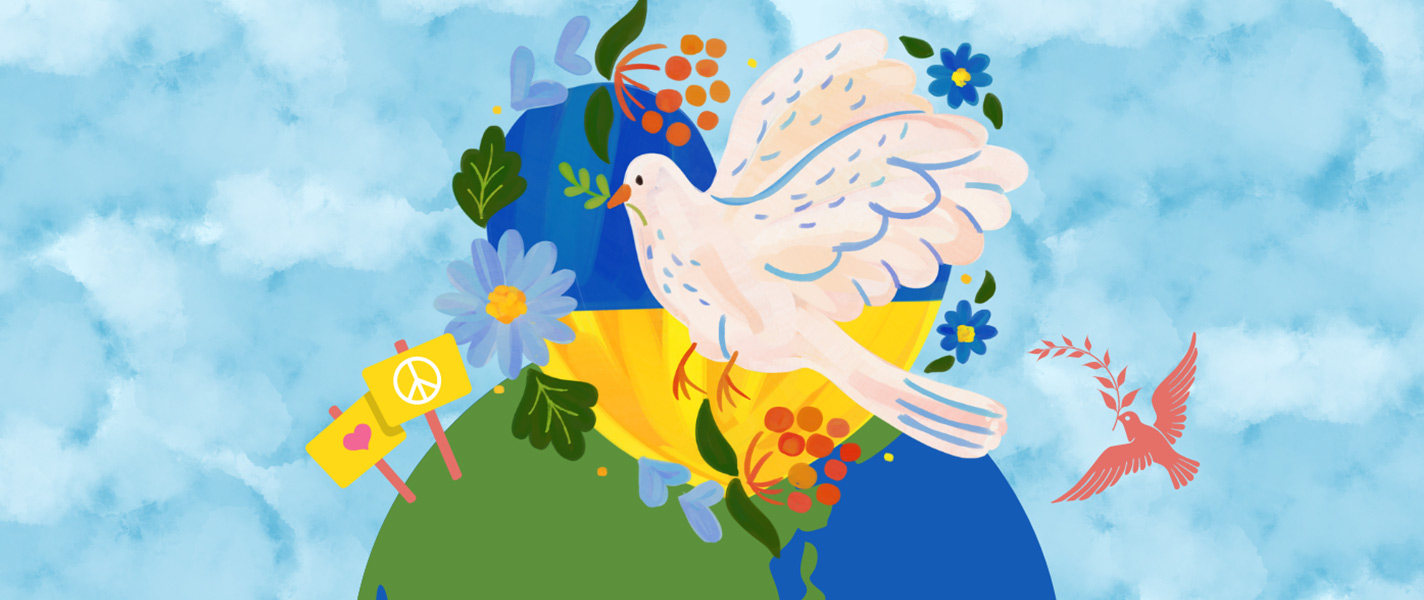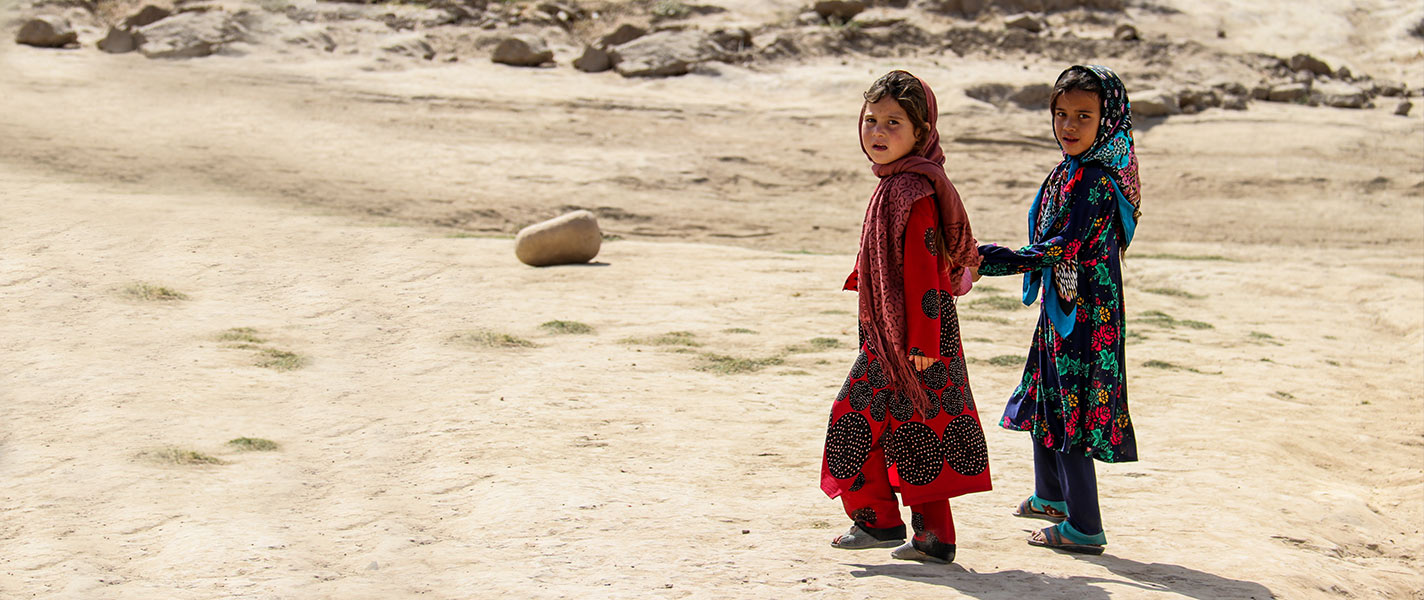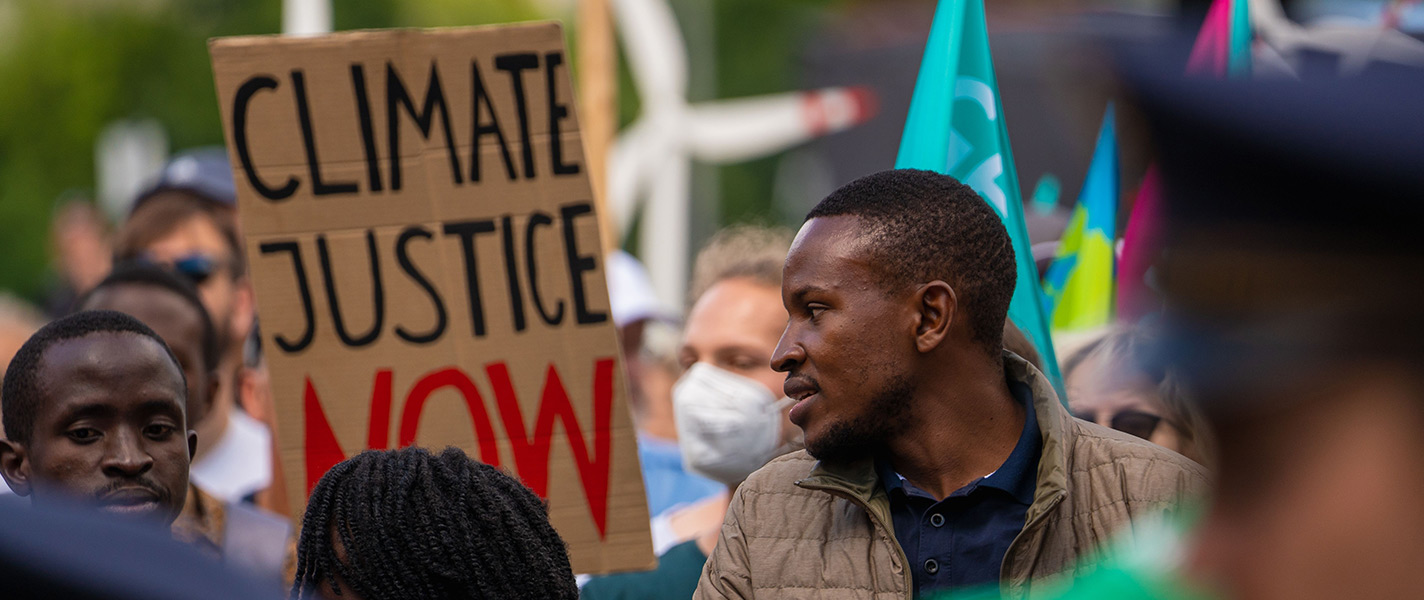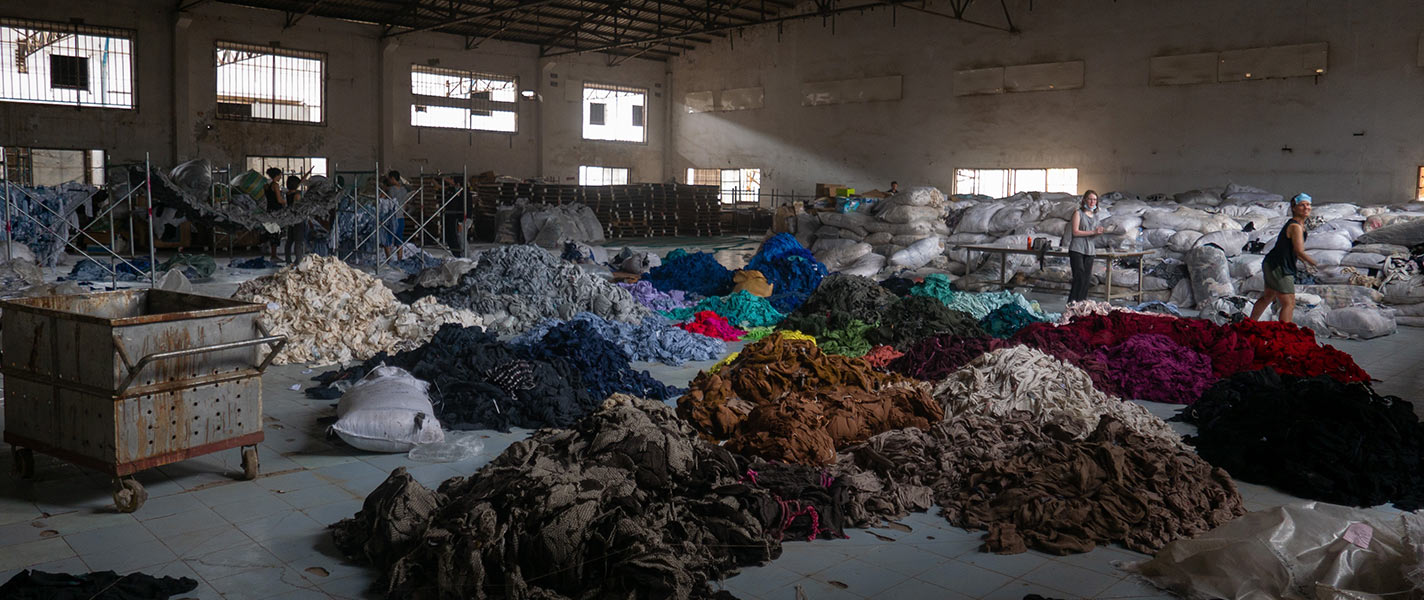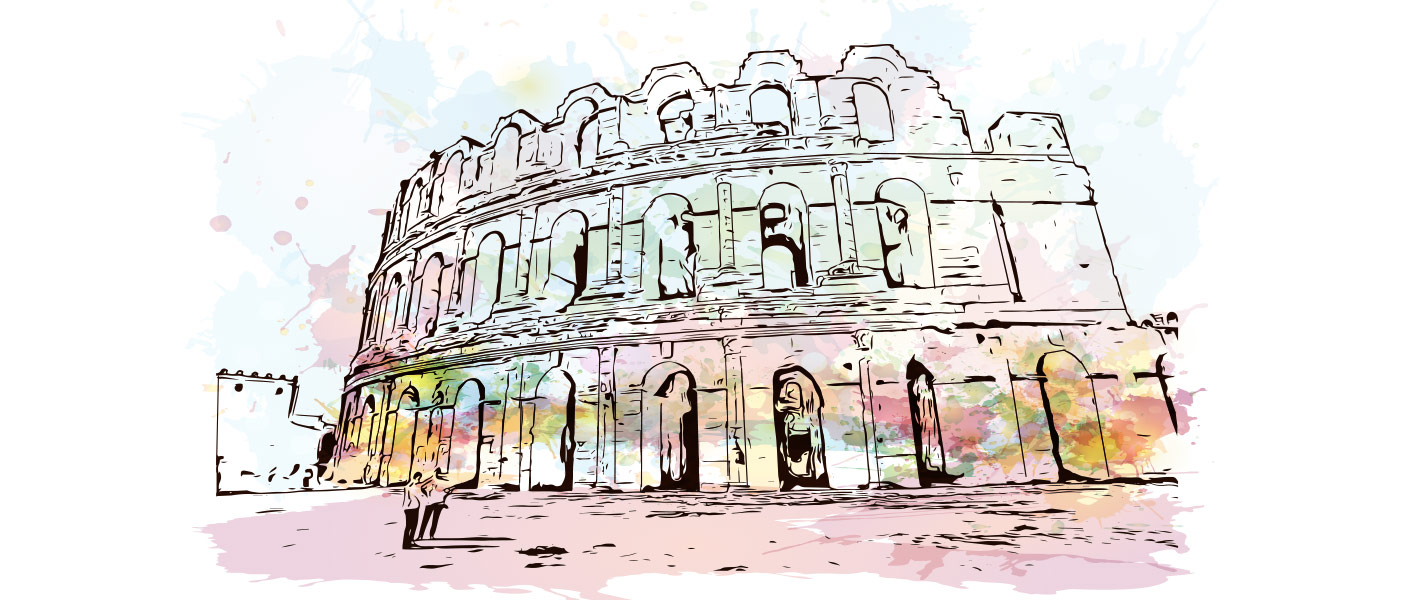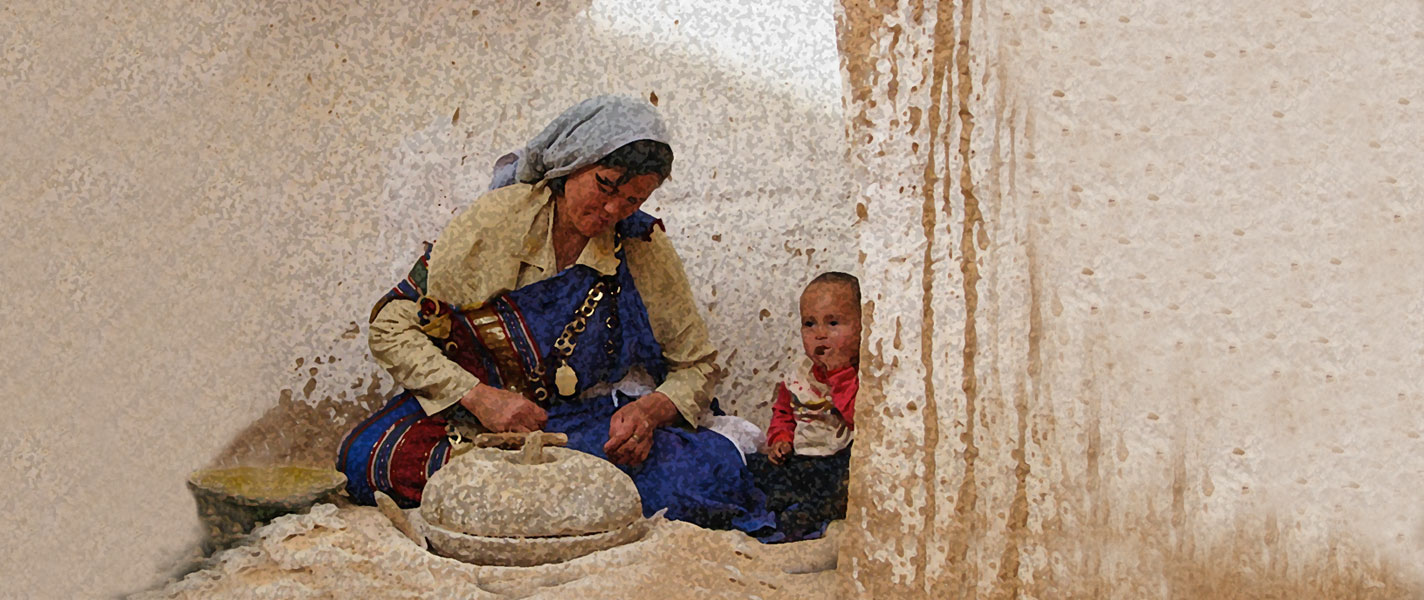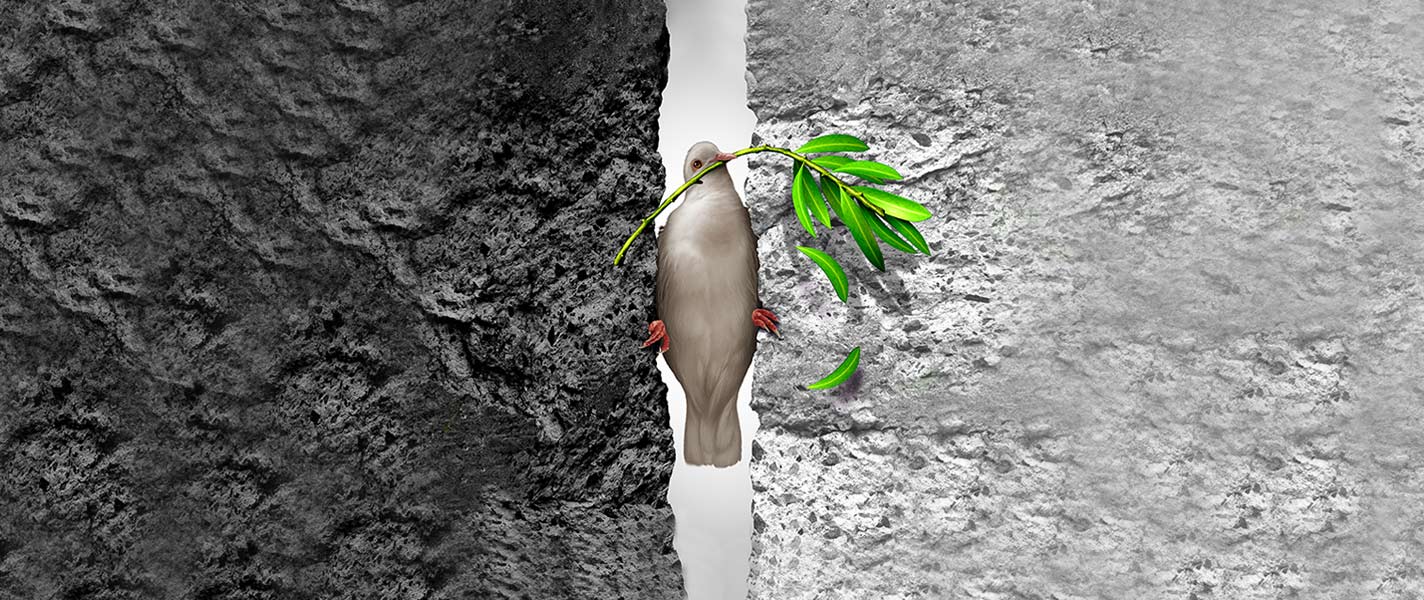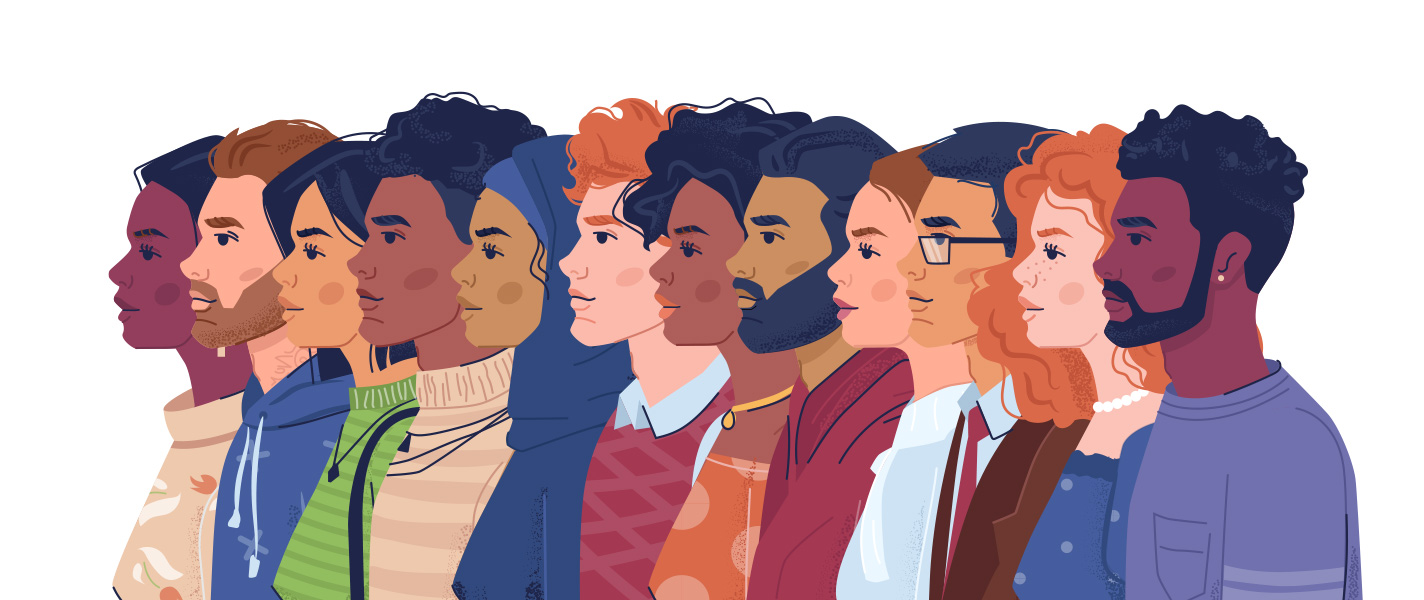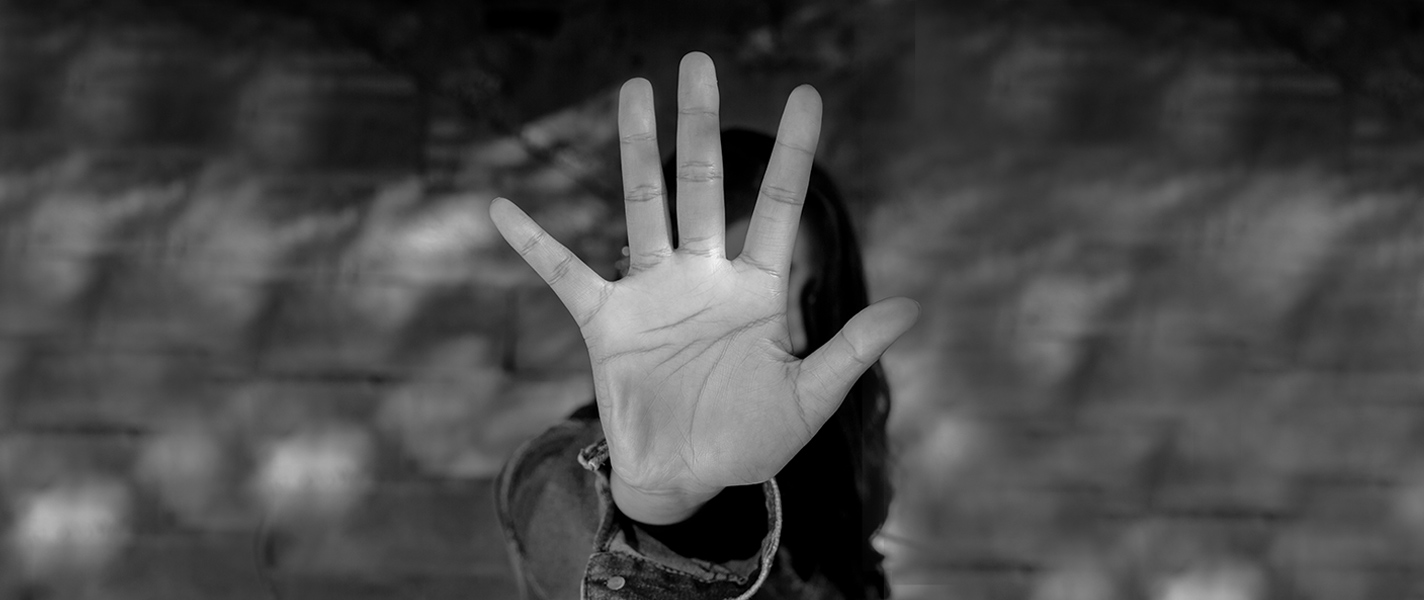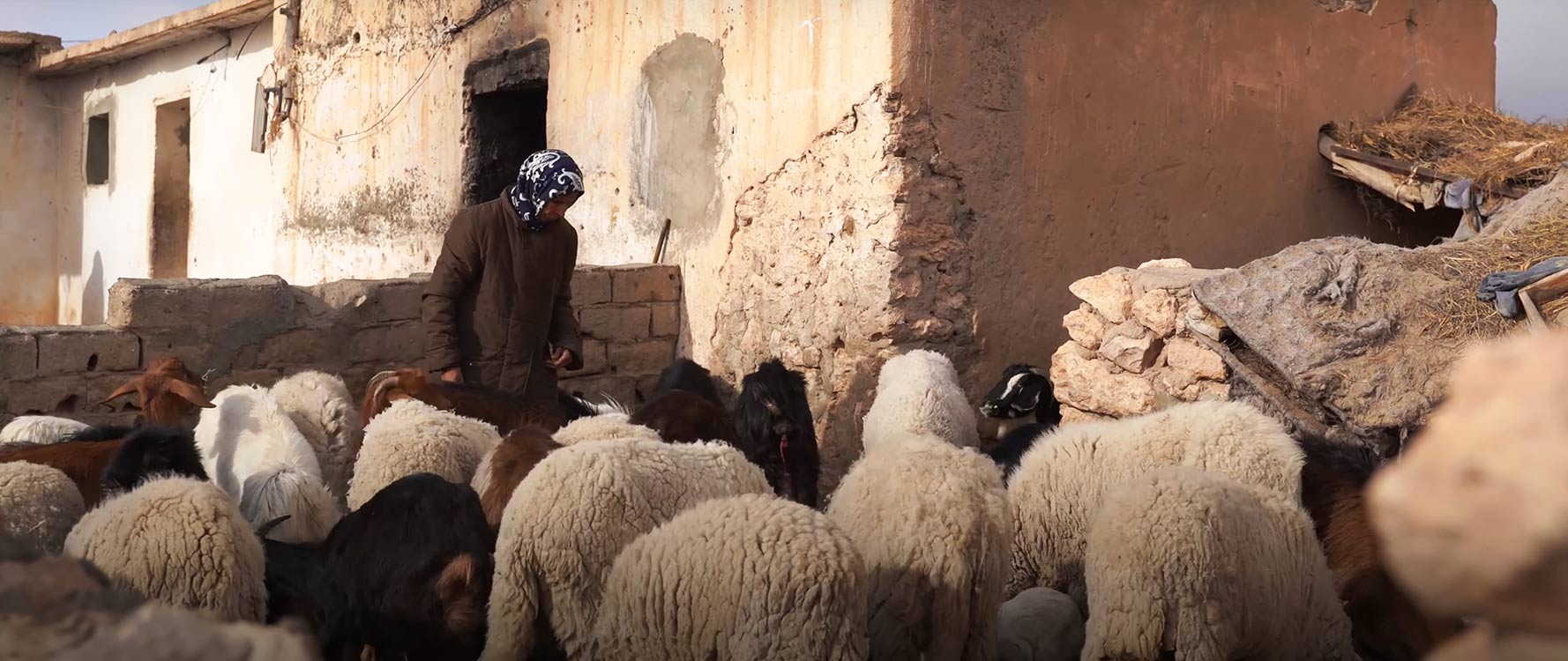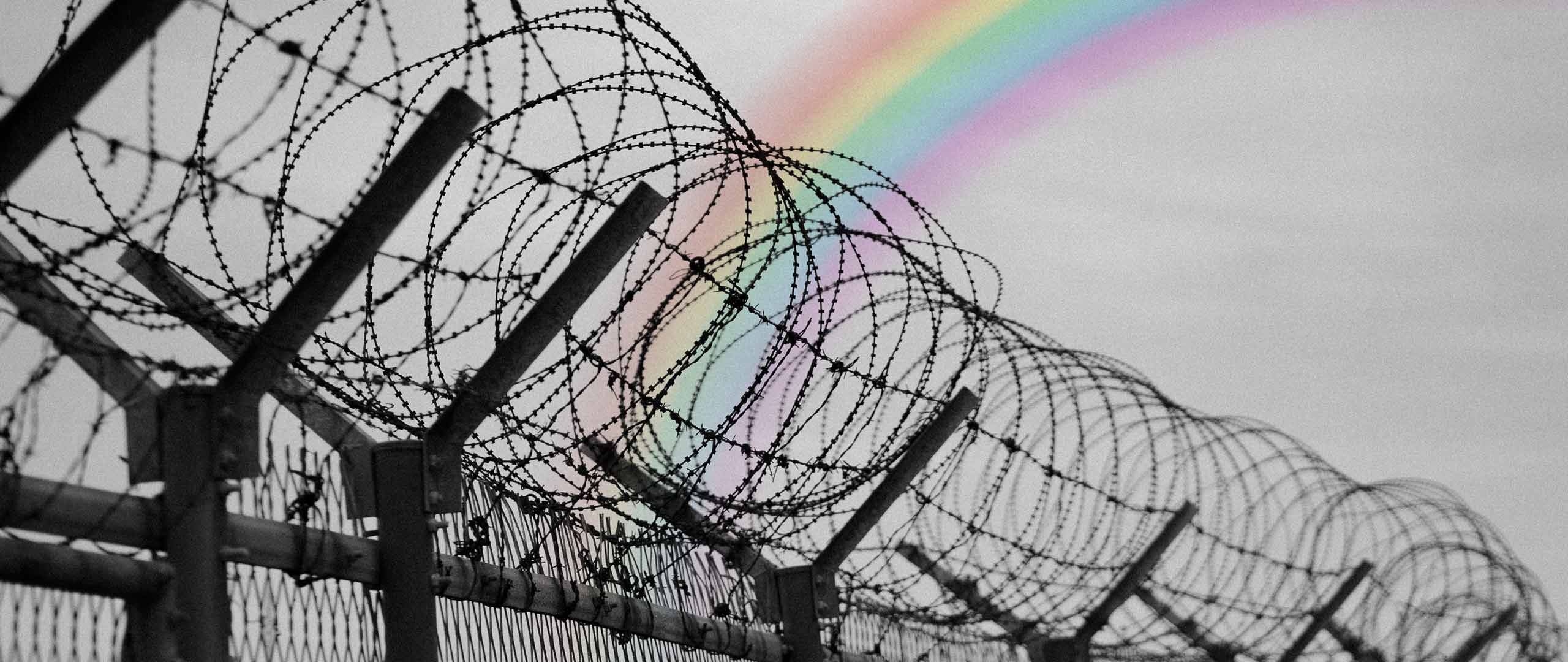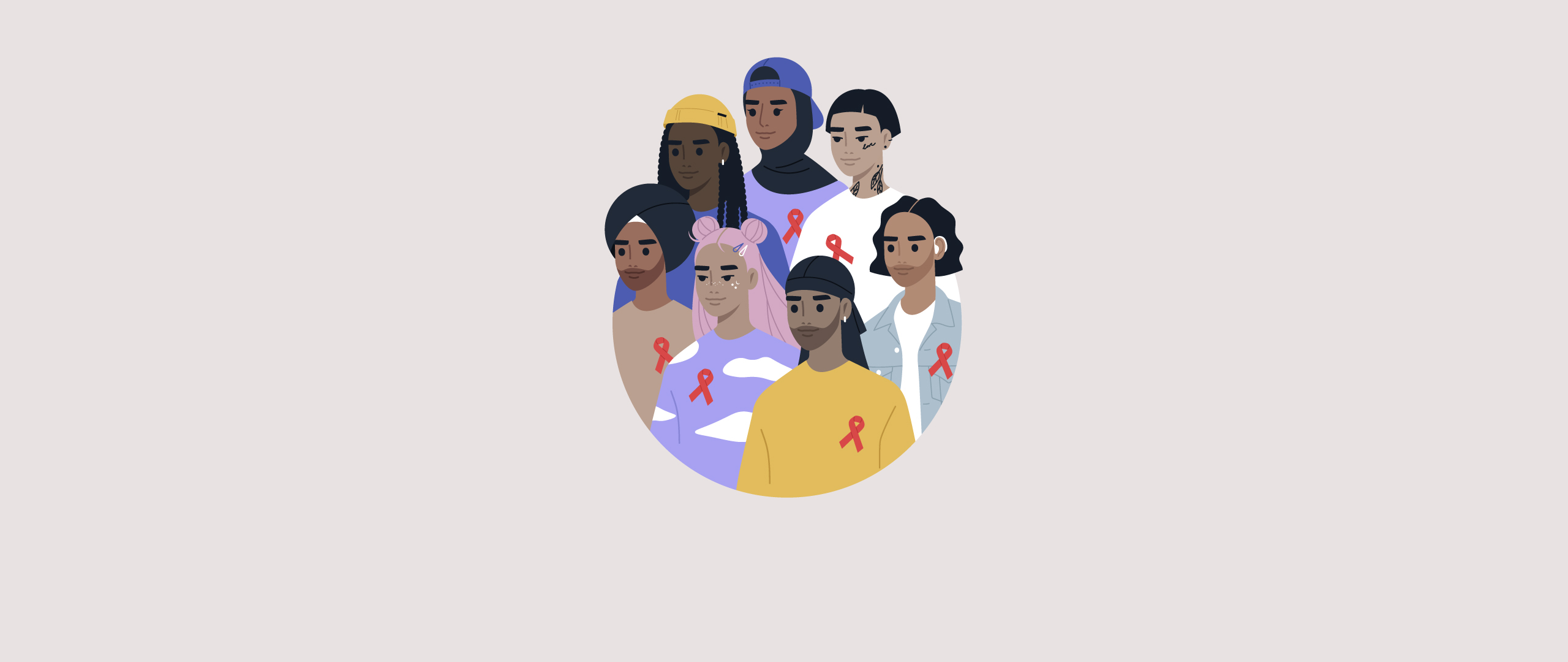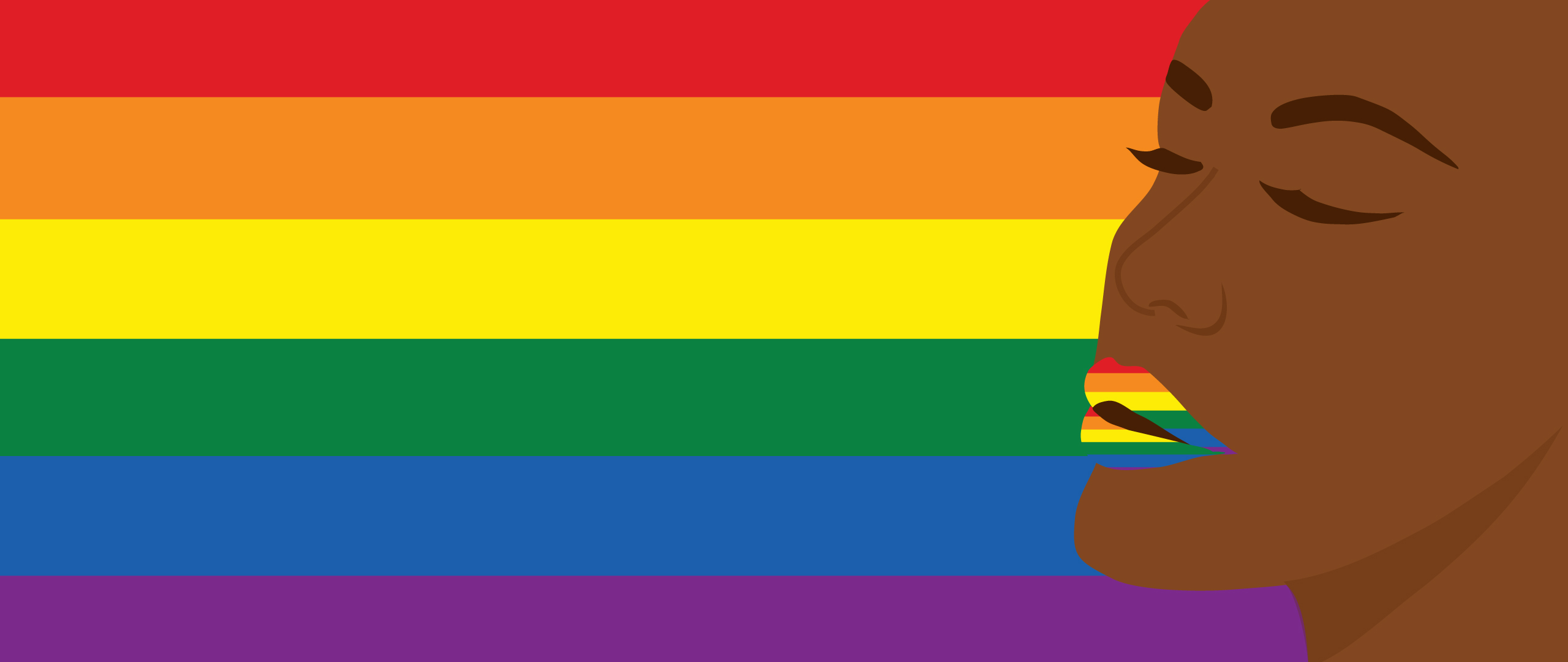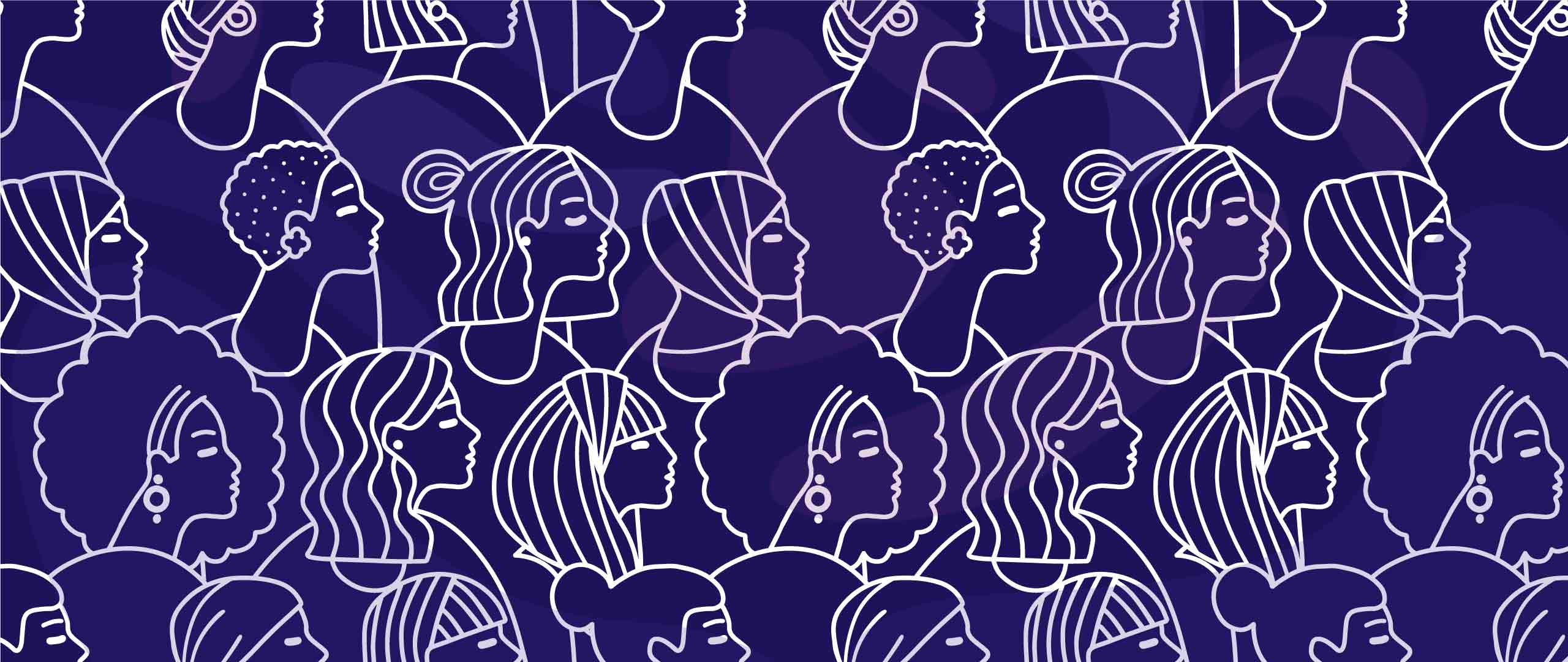From Stereotypes to Inclusion: Advocating for Amazigh Representation in Moroccan Media
As the world becomes more connected, cultural diversity and representation in the media have become increasingly important.
It has become undeniably true that media is a powerful tool that can shape our understanding of different cultures, but it is also a reflection of the diversity and inclusivity of the society it represents.
The Amazigh population is the indigenous population of North Africa. In Morocco, they make up around 40% of the population, yet their representation in mainstream media is minimal. This lack of representation has serious implications for Amazigh culture and for the promotion of cultural diversity and understanding in Moroccan society.
Unfortunately, in Morocco, the Amazigh population has been excluded from mainstream media representation. For instance, when Amazigh people are represented, it is often through a stereotypical lens that portrays them as rural, uneducated, and backward. This narrow representation fails to reflect the diversity of Amazigh culture, one that encompasses a range of beliefs, practices, and traditions. This exclusion further perpetuates negative stereotypes and cultural erasure.
This exclusion of an important part of the Moroccan population from the mainstream media is concerning for several reasons. Firstly, it perpetuates negative stereotypes about the culture, such as the idea that the Amazigh culture is primitive and inferior to Arab culture. This negative representation can lead to cultural erasure and the loss of traditional practices and customs. Secondly, it hinders the promotion of cultural diversity and understanding in Moroccan society. Without representation in the media, the Amazigh culture remains hidden from view, making it harder for others to appreciate and understand its significance.
Hope in the Midst of Lurking Challenges
Challenges faced by the Amazigh population in Moroccan media include limited resources and reach for Amazigh-focused media initiatives, lack of representation in mainstream media, and negative stereotypes perpetuated by the media. However, there have been positive steps toward promoting Amazigh representation in Moroccan media. The recognition of Tamazight as an official language in the Moroccan constitution in 2011 was a significant step towards acknowledging the importance of the Amazigh language and culture.
This recognition has paved the way for the development of Amazigh-focused media initiatives, such as television channels, radio stations, and newspapers, that promote Amazigh culture and language. The latter include Al Amazighya, a television channel that provides a platform for the Amazigh community to tell their own stories and showcase their culture. For instance, the TV channel "Tamazight TV" broadcasts a range of programming, including news, documentaries, and entertainment shows, that cater to the Amazigh audience. Similarly, the newspaper "Akhbar Al Youm" has an Amazigh edition that covers news and events from an Amazigh perspective.
To truly promote cultural diversity and representation in the media, diversity and inclusion need to be present at all levels of the media industry. This includes not only increasing the representation of the Amazigh population in mainstream media but also providing support and resources for Amazigh-focused media initiatives. Intersectionality is also crucial in promoting representation not only for the Amazigh population but also for other marginalized groups such as women and people with disabilities. It is also important to recognize and celebrate the richness and diversity of different cultures and to promote a more inclusive and understanding society.
Promoting cultural diversity and representation in the media is essential for recognizing and celebrating the richness and diversity of different cultures. In the context of Morocco, promoting Amazigh representation in the media is particularly important for recognizing and celebrating Amazigh culture, which has been historically marginalized and excluded from mainstream media. Indeed, by promoting greater Amazigh representation in the media, we can create a more inclusive and representative media landscape that accurately reflects the diverse perspectives and experiences of Moroccan society.
Ultimately, the exclusion of the Amazigh population in mainstream media representation perpetuates negative stereotypes and cultural erasure. Hence, by advocating for greater diversity and inclusion in the media and supporting Amazigh-focused media initiatives, we can all play a role in promoting cultural diversity and representation in the media.
The article represents the views of its writer and not that of LEED Initiative.
